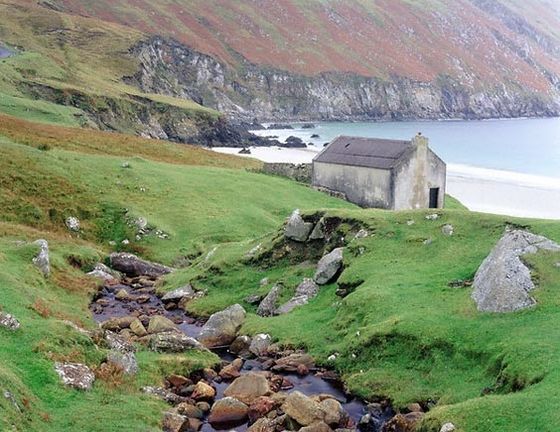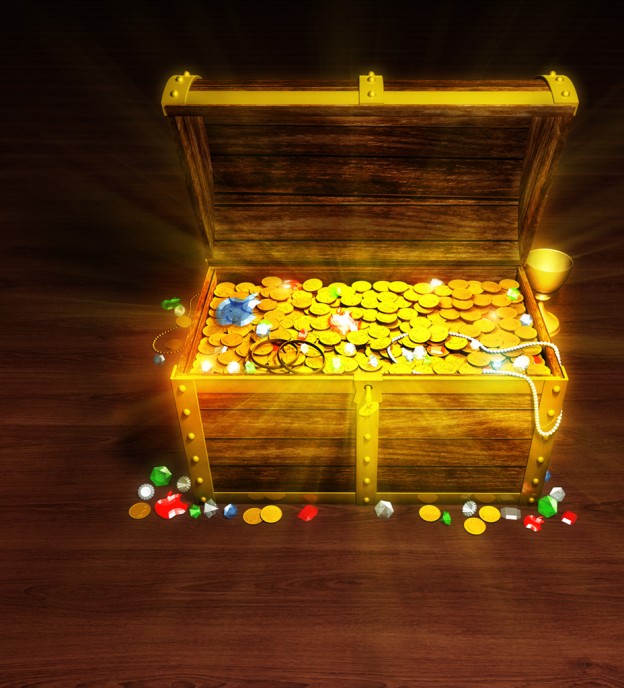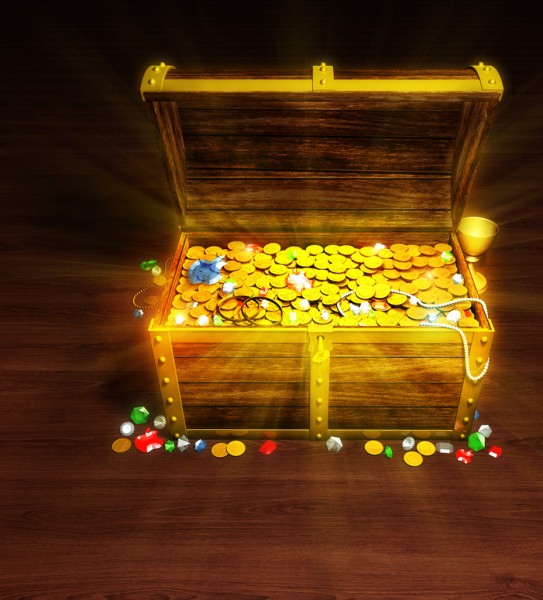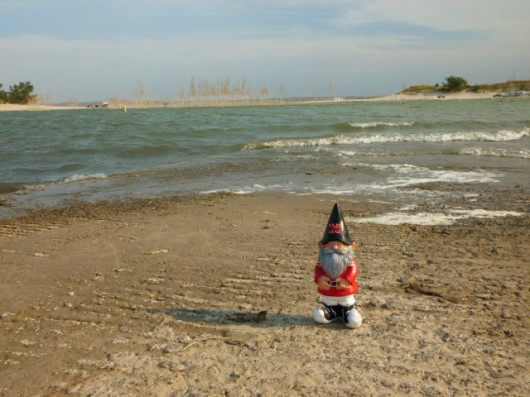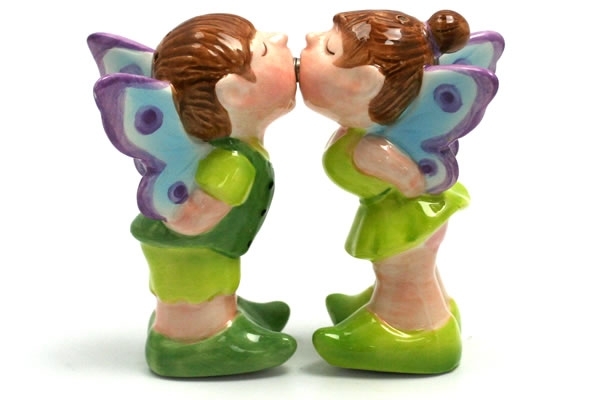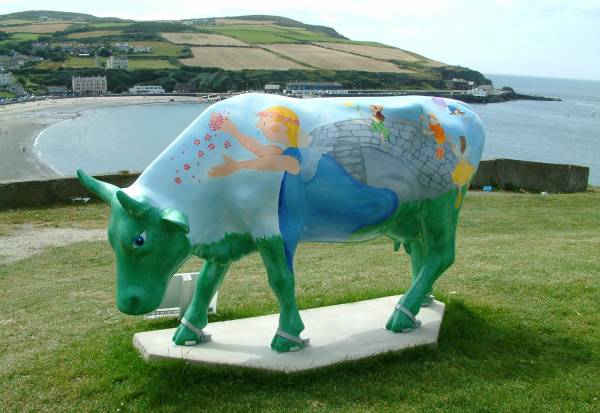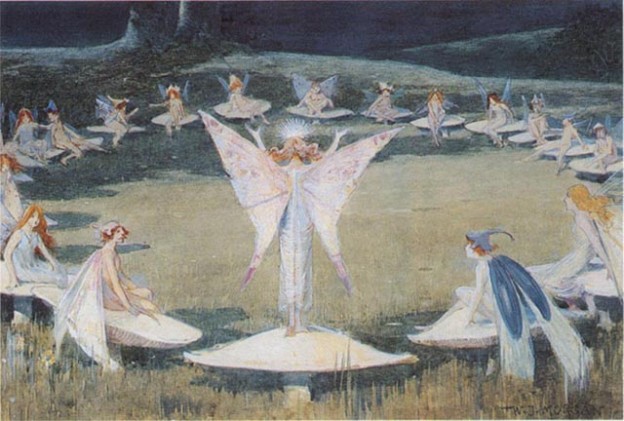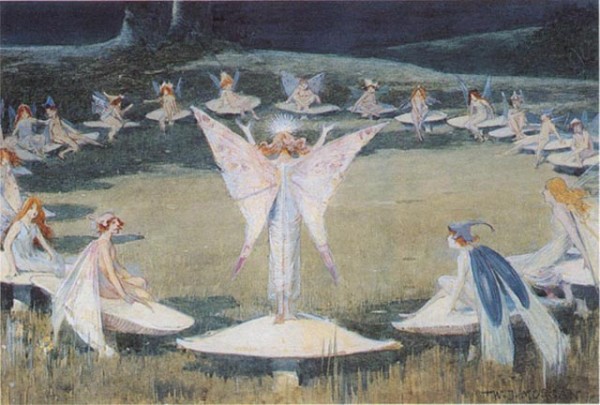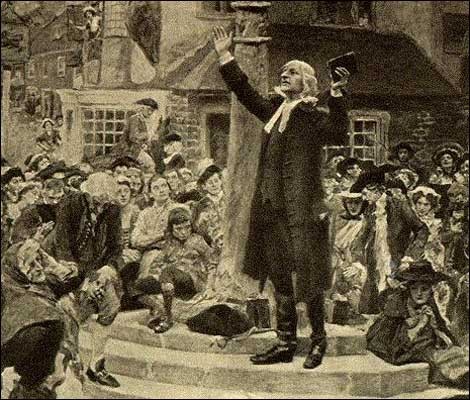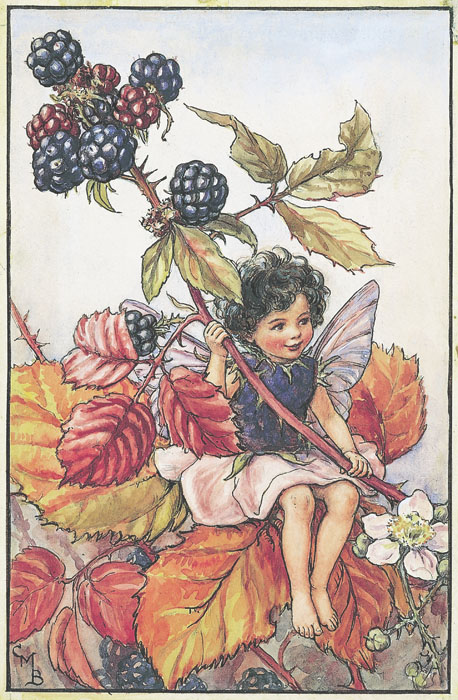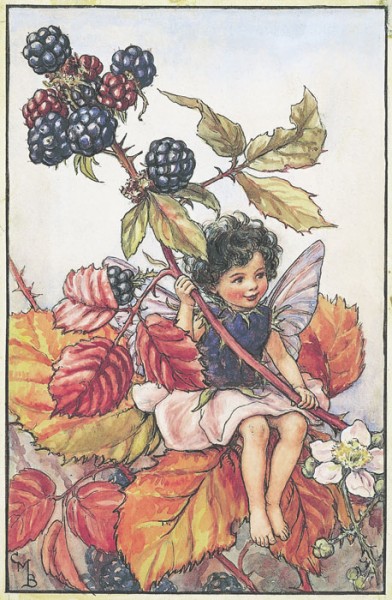Editor’s Note: Count John de Salis gave these legends and they were written out by Evans-Wentz with the help of Rev J.F. Lynch
I am convinced that some of the older peasants still believe in fairies. I used to go out on the lake occasionally on moonlight nights, and an old woman supposed to be a ‘wise woman’ (a seeress), hearing about my doing this, told me that under no circumstances should I continue the practice, for fear of ‘Them People’ (the fairies). One evening in particular I was warned by her not to venture on the lake. She solemnly asserted that the ‘Powers of Darkness’ were then abroad, and that it would be misfortune for me to be in their path. Evans-Wentz 82
